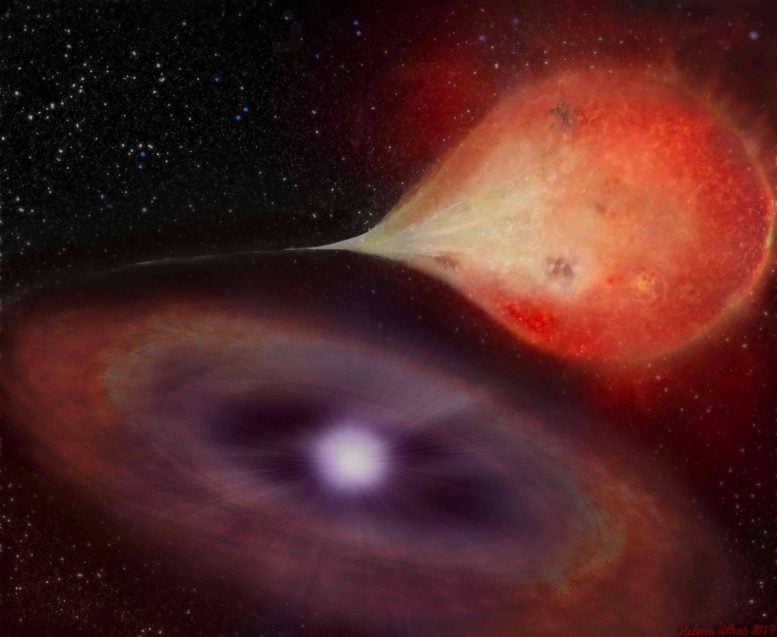
An artistic representation showing the system the researchers observed when it is “quiet.” Image: Helena Uthas
University of Canterbury astrophysicist Dr. Simone Scaringi has made an unexpected and exciting new discovery related to the way white dwarfs grow in space.
The New Zealand-based researcher and astrophysics lecturer’s co-authored paper, titled “Magnetically gated accretion in an accreting ‘non-magnetic’ white dwarf” has been published in the latest issue of Nature (14 December).
A white dwarf is what stars like the Sun become after they have exhausted their nuclear fuel. White dwarfs are dense objects roughly the same size as Earth but with as much mass as the Sun. They accrete, or grow, by sucking in mass from the outer layers of their companion stars.
Most white dwarfs have long been considered “non-magnetic”. When white dwarfs grow at very low rates, they gain mass in distinct and sudden bursts where they ‘binge eat’ for a short period of time, Dr. Scaringi says.
By examining several years of data from the Kepler space-based observatory, a team of international researchers found one of these non-magnetic white dwarfs behaving as if it had a strong magnetic field.
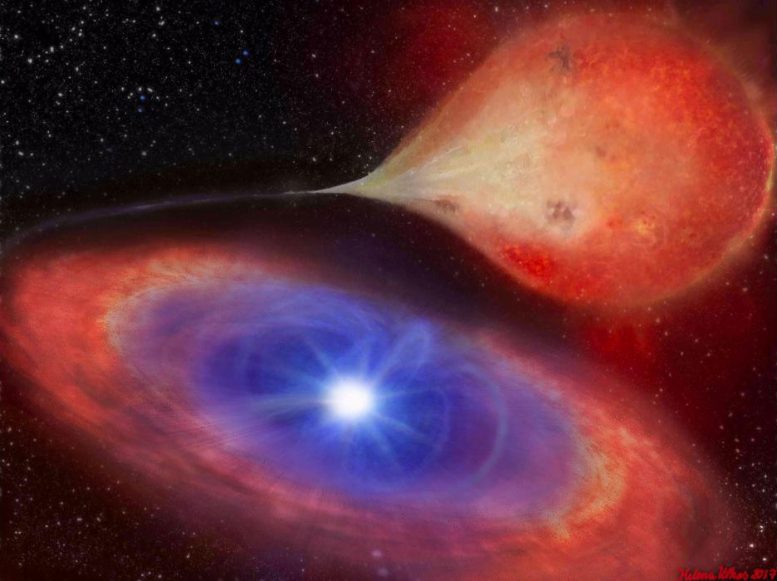
An artistic representation showing the system the researchers observed during its “binge eating” phase. Image: Helena Uthas
“We have seen episodes of strong flares of accretion interrupted by periods with no evidence of accretion. This sporadic activity is best explained by the presence of a strong magnetic field comparable to that of 1000 fridge magnets,” Dr. Scaringi says.
“This magnetic field ‘gates’ the accretion, causing the matter to pile up until it has a gravitational attraction stronger than the magnetic forces holding it back, indicating for the first time that even “non-magnetic” white dwarfs can have very strong magnetic fields.”
The paper’s primary author, Dr. Scaringi says this is fundamental research for the field. There have been hints that accretion disks essentially behave in the same way independent of the accretor – whether that is a white dwarf, black hole, neutron star or young proto-star.
“Now we have further evidence that magnetic accretors like the one in our paper also behave in the same way, irrespective of their origin.
“Similar bursts have been observed in accreting neutron stars – which are much smaller and have magnetic fields much higher than our white dwarf – and in young stellar objects, which are on the other end, being much larger and owning much weaker magnetic fields,” he says.
“Our result closes the gap in that our new observations of accretion bursts in MV Lyrae [a peculiar nova-like star consisting of a red dwarf and a white dwarf in Lyra constellation] show the magnetic field strength distribution of systems displaying magnetic gating and underscores the universality of magnetospheric accretion across an enormous range of stellar parameters.”
Reference: “Magnetically gated accretion in an accreting ‘non-magnetic’ white dwarf” 14 December 2017, Nature.
DOI: 10.1038/nature24653

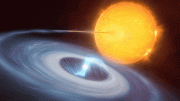
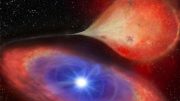
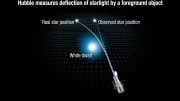
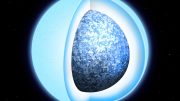
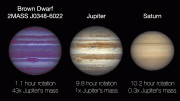
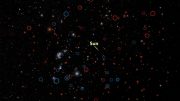
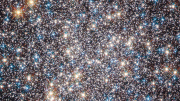
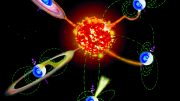
Be the first to comment on "Astrophysicists Show That Starving White Dwarfs Are Binge Eaters"